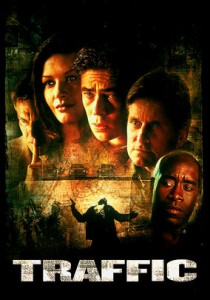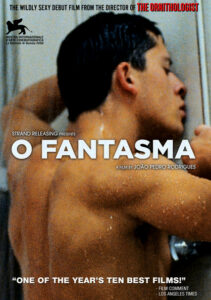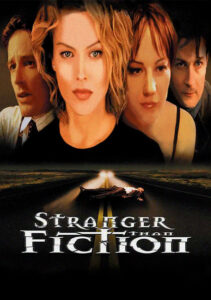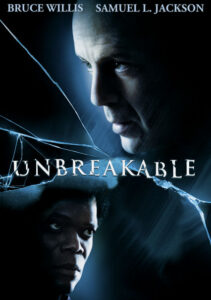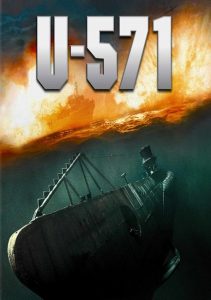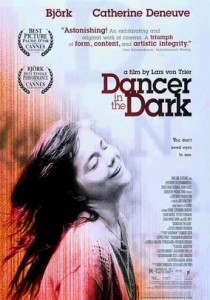Requiem for a Dream-2000
Director Darren Aronofsky
Starring Ellen Burstyn, Jared Leto
Top 250 Films #95
Top 10 Most Disturbing Films #3
Scott’s Review #172
Reviewed September 21, 2014
Grade: A
Requiem for a Dream (2000) is a disturbing film and, at times, tough to watch. Still, it is also a brilliant masterpiece, visually as well as from a storytelling perspective, that I appreciate more and more with each painful (in a good way!) viewing experience.
The film is easily one of the most disturbing films I have ever seen.
The subject matter is drug trafficking/addiction that affects more than one character in the cast- a myriad of different films have tackled this subject- think Traffic, released around the same time as Requiem for a Dream, for a comparison.
At the risk of directly comparing Requiem for a Dream to Traffic, which is unfair, I will say that as gritty as Traffic is, Requiem for a Dream makes it look like a kid’s film.
Director Darren Aronofsky’s direction is superb.
The story revolves around a young man (Harry) from Brooklyn, played by Jared Leto, his girlfriend Marion, played by Jennifer Connelly, Harry’s mother Sara, played by Ellen Burstyn, and Harry’s best friend Tyrone, played by Marlon Wayans.
Each individual falls into a trap of drug addiction in their way, but all are written sympathetically so that the audience cares about them and feels their sorrows intensely.
Harry and Tyrone are involved in drug selling but aspire to be successful and both love their mothers and their significant others- in Harry’s case that is Marion.
Marion (Connelly) falls in over her head and is forced to turn tricks to feed her heroin habit. She is an intelligent young woman from an affluent family, which makes her downward spiral into prostitution all the more shocking.
The standout among the central characters is Sara Goldfarb, who is a lonely widowed woman obsessed with a television game show. She develops delusions of grandeur of becoming a contestant and is tragically determined to lose weight to fit into her favorite red dress.
She becomes dependent on diet pills and begins hallucinating that her refrigerator is attacking her.
Aronofsky perfectly mixes in fantasy sequences showcasing Burstyn’s real attractiveness contrasted with the desperation of Sara. Sara is a sad character and Burstyn is mesmerizing in the role.
How she lost the Oscar to Julia Roberts in 2000 is and always will be one of the biggest Oscar travesties in my opinion.
The special part of this film is the visual and cerebral aspects. The film is dreamlike in its texture and extreme, fast-paced close-ups of the diet pills or heroin being consumed.
The viewer feels the highs and lows that the characters feel and there is immediately a sense that all of the characters are doomed and hopeless.
Besides, this film has one of the most effective and haunting scores I have ever experienced, right up there with John Carpenter’s Halloween.
The slow-motion sequences combined with frenetic images make this quite cerebral to watch. I cannot watch this film very often as it is too disturbing and upsetting, but I sure am glad it was made at all.
Oscar Nominations: Best Actress-Ellen Burstyn
Independent Spirit Award Nominations: 2 wins-Best Feature, Best Director-Darren Aronofsky, Best Female Lead-Ellen Burstyn (won), Best Supporting Female-Jennifer Connelly, Best Cinematography (won)

